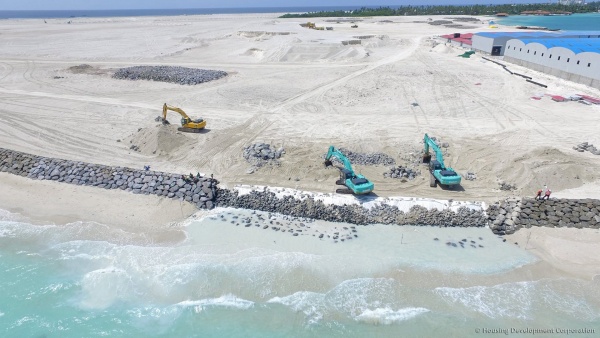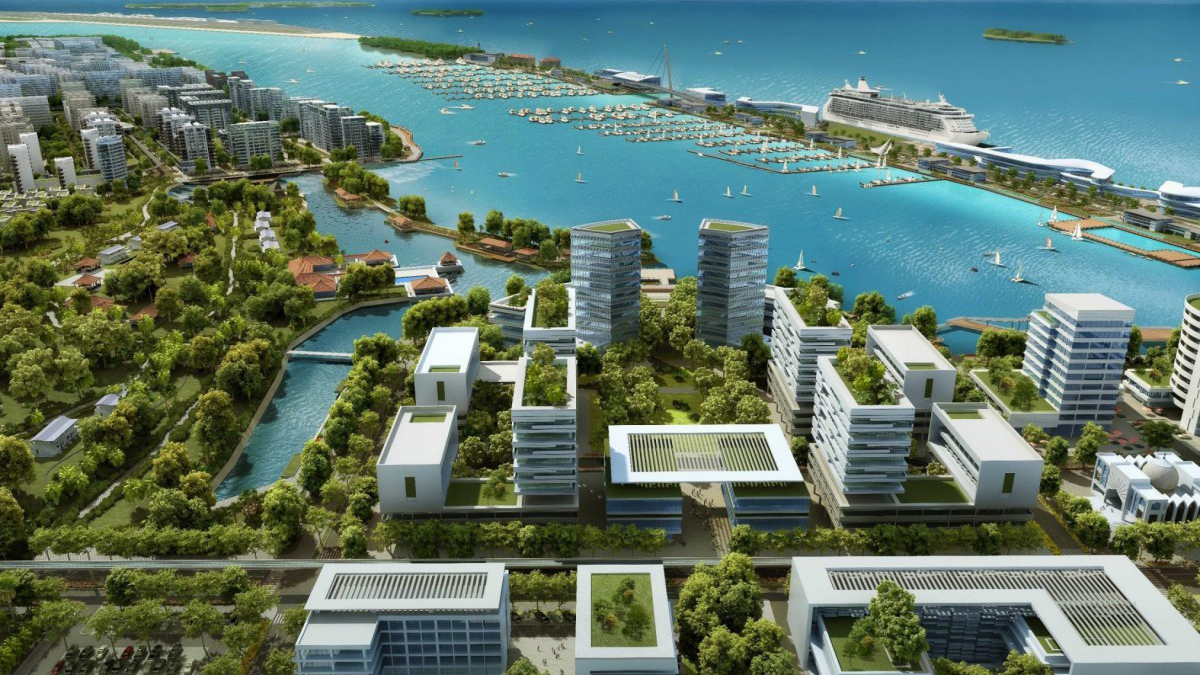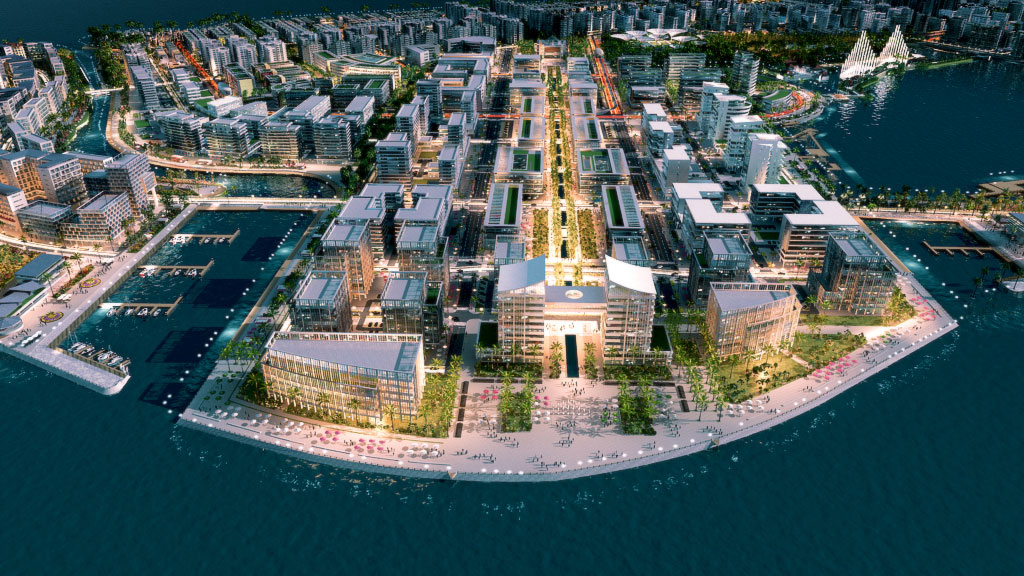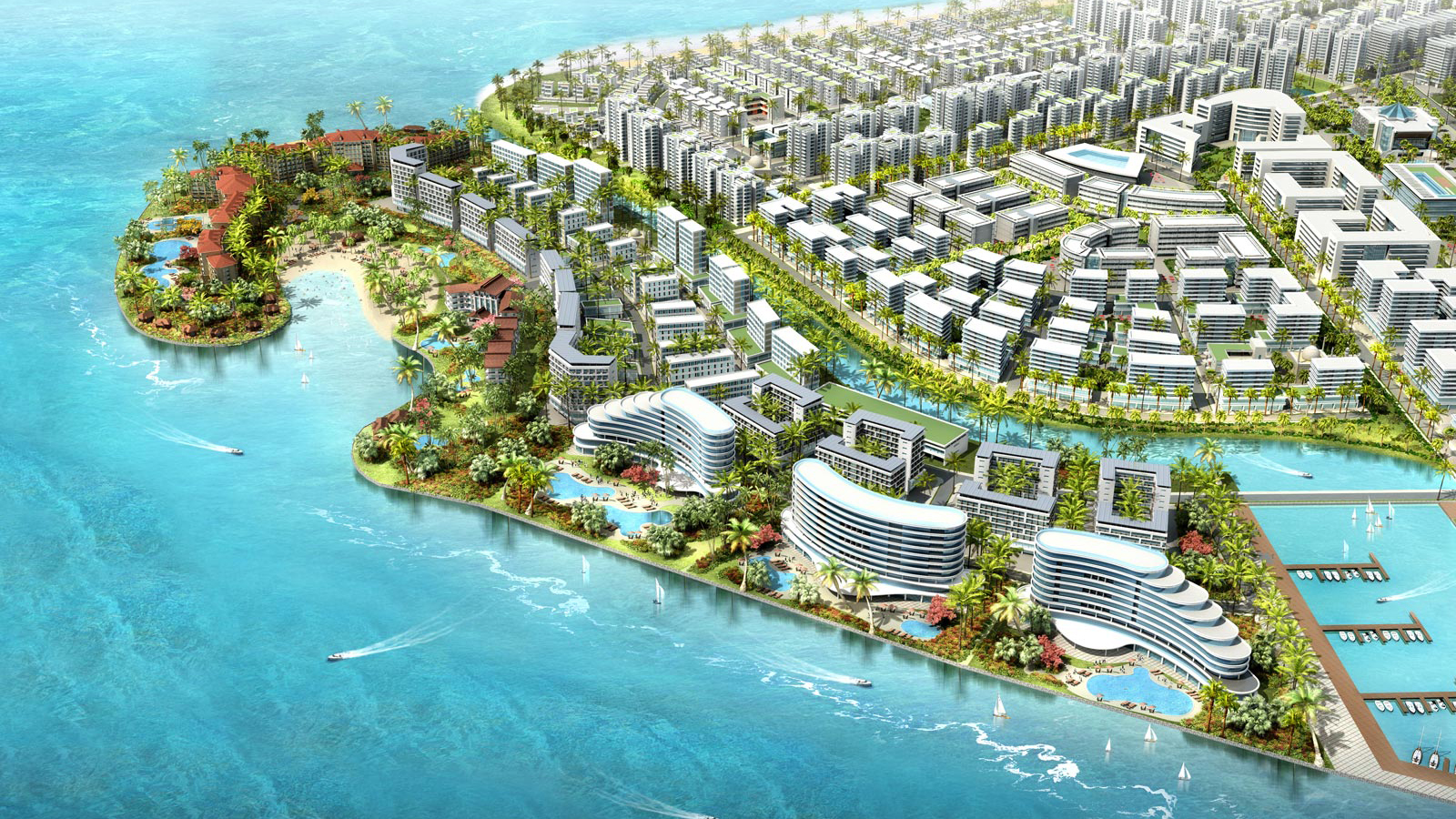HULHUMALE PHASE 2 MALDIVES

About the project
The government of Maldives started a huge reclamation project to create new land for its citizens. The newly reclaimed land is also planned to host financial, governmental, and tourism settlements as well as residential developments.
Hulhumalé is a reclaimed island located 8km off the North-East Coast of Malé. With an aim to relieve the congestion and housing crisis in Malé, the city of Hulhumalé has been planned intelligently to accommodate the growing population with a design incorporating a mix of urban and island life for its residents and visitors. Reclamation of Hulhumalé Phase II 244 hectares took 77 days, which was completed in early 2015. The master plan consists of economical, residential and touristic zones in Hulhumale Phase II.
Our Work Scope
ARTI Proje provided basic and detailed engineering services for all coastal and marine structures included in the new land development. The scope included the development of two beach areas for upscale hotel and villa zones.
ARTI Proje also prepared construction tender documents and continues to provide the tender stage and construction stage site consulting for the Client.
Hulhumale Phase II Land Development Project is one of the greatest investment conducted by Maldives’ government.
Owner: Housing Development
Corporation, Maldives
Contractor: TUMAS.
Investment: 450 million USD
Year: 2016-2018

Harbors, Channels and Beaches
Hulhumale Phase II comprises two harbors with total length of 195m, three channels with an approximate length of 2,220m, quaywall with a length of 550m and two beaches expands over 20,000 m2.
In channels, harbors and quaywall, blockwork wall were employed as a structural system while breakwaters were designed in order to minimize the wave effects in harbors and beaches.
Modelling
Modeling studies covered wave studies, wave generated current simulations, and sand transport simulations. The coral reef formation of the area brings complexities in modeling the wave conditions. The structures for controlling sand movement were designed according to the results of the model tests.


